 |
 |
 |
| |
Cape Town Women Data Support Daily TDF/FTC PrEP Over As-Needed PrEP
|
| |
| |
IAS 2015, July 19-22, 2015, Vancouver
Mark Mascolini
Compared with intermittent or as-needed dosing, daily tenofovir/emtricitabine (TDF/FTC) preexposure prophylaxis (PrEP) covered more sex acts, yielded higher intracellular drug levels, and resulted in better adherence in an analysis of Cape Town women enrolled in the international HPTN 067/ADAPT trial [1]. Linda-Gail Bekker, Robert Grant, and HPTN 067 colleagues argued that these findings, coupled with drug-level results, support the currently recommended daily dosing of TDF/FTC PrEP for women.
HPTN enrolled high-risk HIV-negative people at three centers: women in Cape Town, men who have sex with men (MSM) and transgender women in Harlem (USA), and MSM and transgender women in Bangkok. After 6 weeks of directly observed PrEP, participants were randomized to 24 weeks of self-administered PrEP on one of three schedules: one tablet daily, one tablet twice weekly with a postsex boost (time-driven dosing), or one tablet before sex and one tablet after sex (event-driven dosing). Participants were told to take no more than two tablets daily or seven tablets weekly.
Principal outcomes included sex acts covered by PrEP, adherence, and self-reported side effects. The researchers defined coverage as one or more pills taken in the 4 days before sex and one or more pills taken in the 24 hours after sex. They defined sex acts as vaginal or anal intercourse.
The HPTN Cape Town team enrolled 179 women and randomized 60 to daily dosing, 59 to time-driven dosing, and 60 to event-driven dosing. These women had a median age of 26 (range 18 to 52), 80% had never married, 83% had no job, 99% were black, and all lived in Cape Town.
Complete sex-act coverage rates measured 75% in the daily group, 56% in the time-driven group, and 52% in the event-driven group. Respective proportions who took only the presex dose were 21%, 30%, and 33%, and proportions who took only the postsex dose were 1%, 9%, and 8%. Respective proportions with no coverage were 3%, 6%, and 7%.
Reported adherence to the prescribed regimen was highest for daily dosing (about 80%), followed by time-driven dosing (about 70%), and event-driven dosing (about 60%). Adherence differences were significant for daily versus time-driven dosing (P = 0.002), daily versus event-driven dosing (P < 0.0001), and time-driven versus event-driven dosing (P < 0.0001).
Two women became infected with HIV during the 6-week directly observed PrEP phase for an incidence of 8.9 per 100 person-years. Neither woman had detectable drug in plasma at the visit before seroconversion. Five women became infected during the 24-week self-dosing phase of the trial, 2 in the time-driven arm, 2 in the event-driven arm, and 1 in the daily arm. Overall incidence during this phase of the trial measured 5.4 per 100 person-years. Three of these 5 women had negligible drug levels in plasma and 2 had low but detectable levels at the visit before seroconversion.
Rates of reported neurologic side effects were higher in the daily group than in the time-driven or event-driven group (47% versus 24% versus 32%, P = 0.03). Women in the daily group also reported gastrointestinal side effects most often (38% versus 31% versus 20%, P = 0.09).
Among women who had sex in the past 7 days, a significantly higher proportion of those in the daily dosing group had tenofovir-diphosphate levels above 9.1 fmol/million PBMCs at week 10 when compared with the time-driven or event-driven arms (81% versus 52% [P = 0.01] versus 54% [P = 0.002]). Women in the daily arm maintained this advantage at week 30 (66% versus 46% versus 32%). A tenofovir-diphosphate level above 9.1 fmol/million PBMCs indicates taking at least two tablets per week.
The researchers concluded that daily dosing yields higher coverage during sex acts, gets higher drug concentrations into cells, and encourages better adherence. They maintained that daily dosing "fosters habit formation, provides the most forgiveness for occasional missed doses and does not require planning for sex." For these reasons the researchers endorsed current recommendations for daily TDF/FTC PrEP dosing in women.
Reference
1. Bekker LG, Hughes J, Amico R, et al. HPTN 067/ADAPT: Background and methods and Cape Town results. IAS 2015. 8th Conference on HIV Pathogenesis, Treatment and Prevention. July 19-22, 2015. Vancouver. Abstract MOSY0103.
---------------------




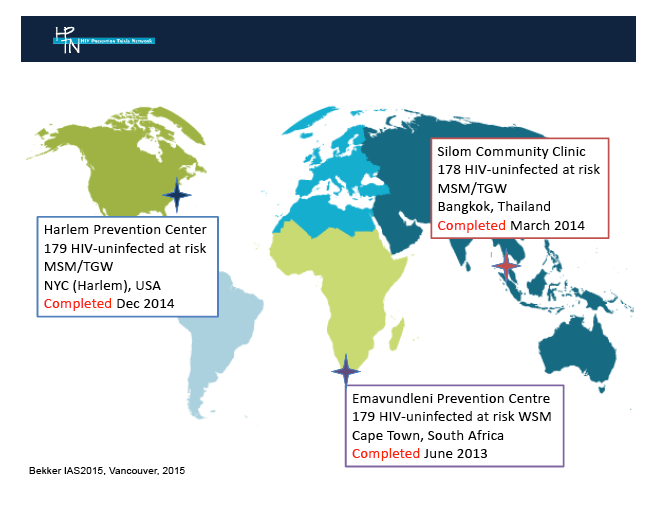
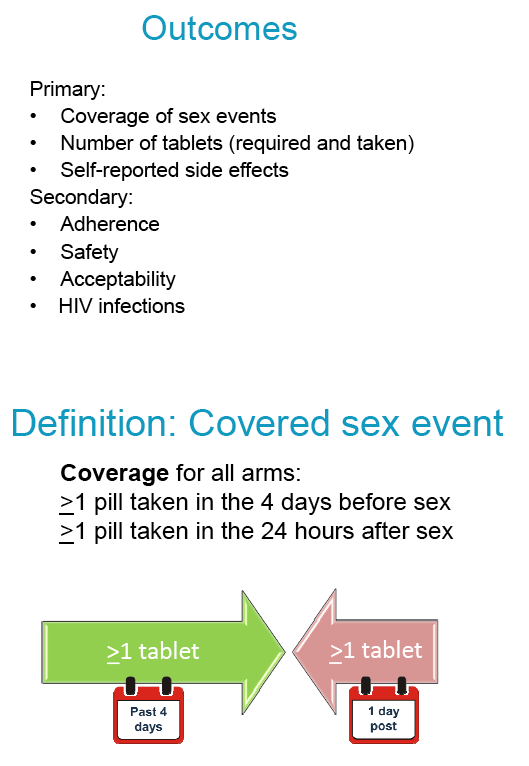

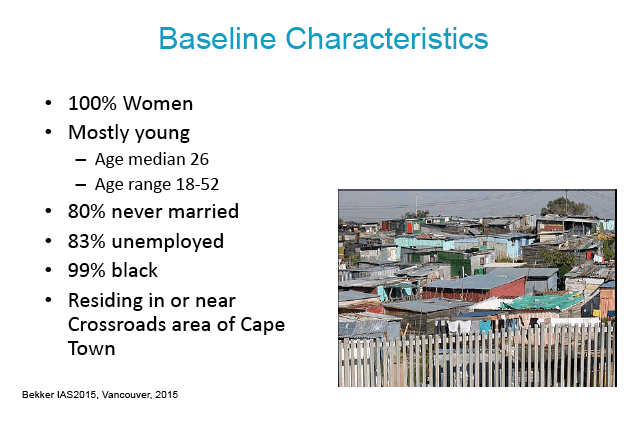
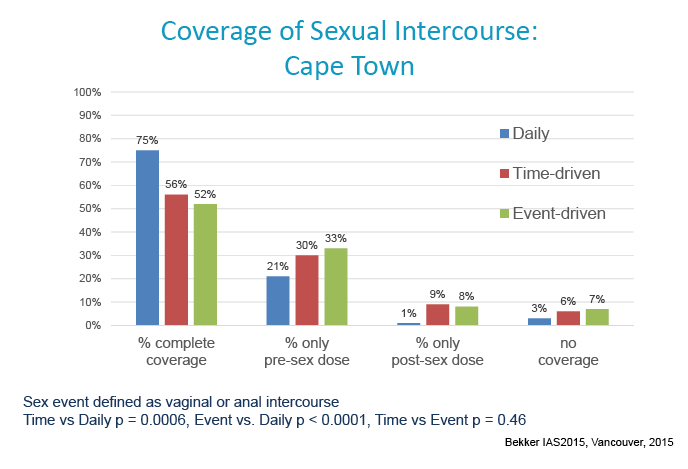
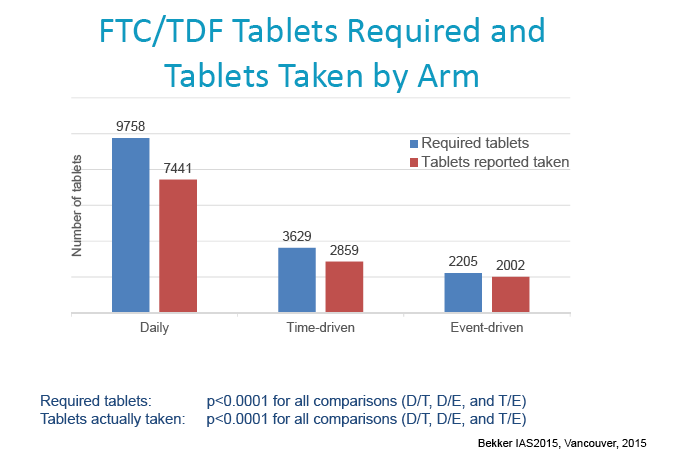
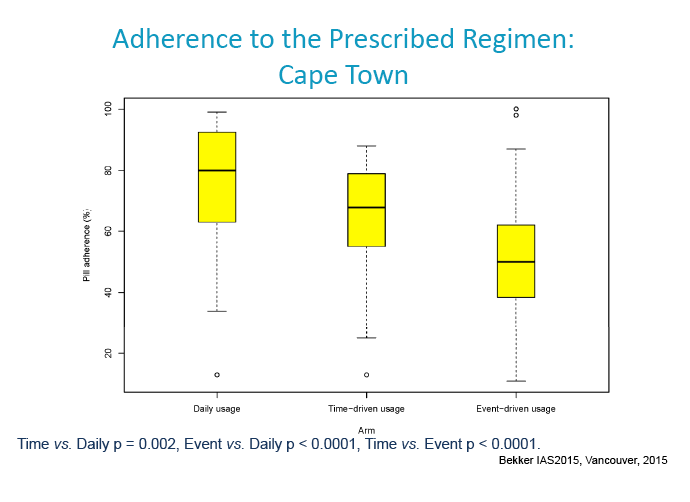

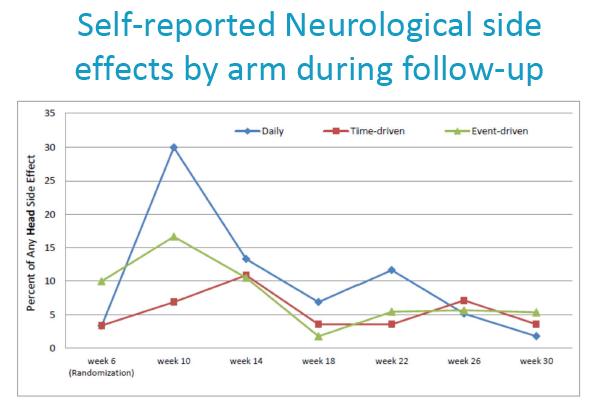
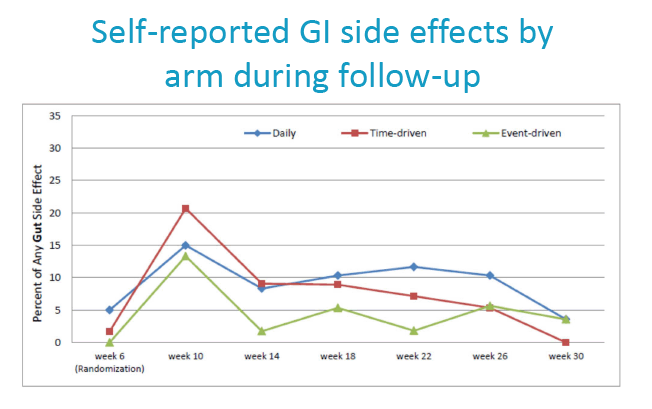
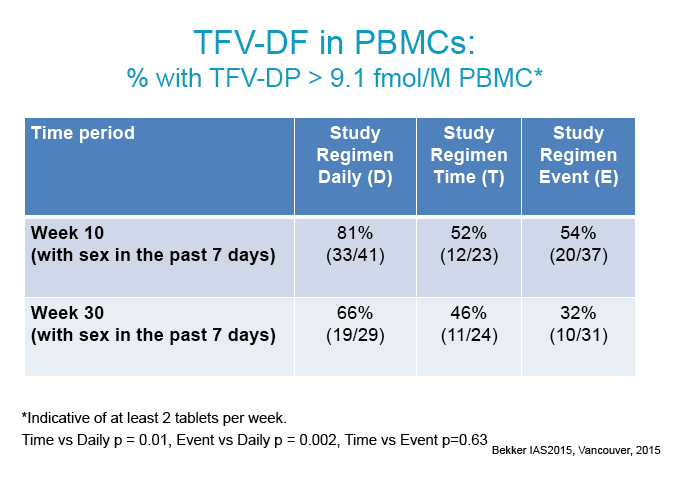
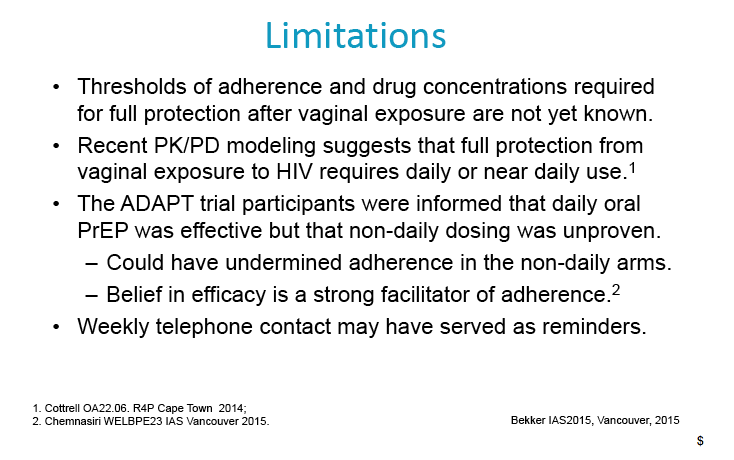
|
| |
|
 |
 |
|
|